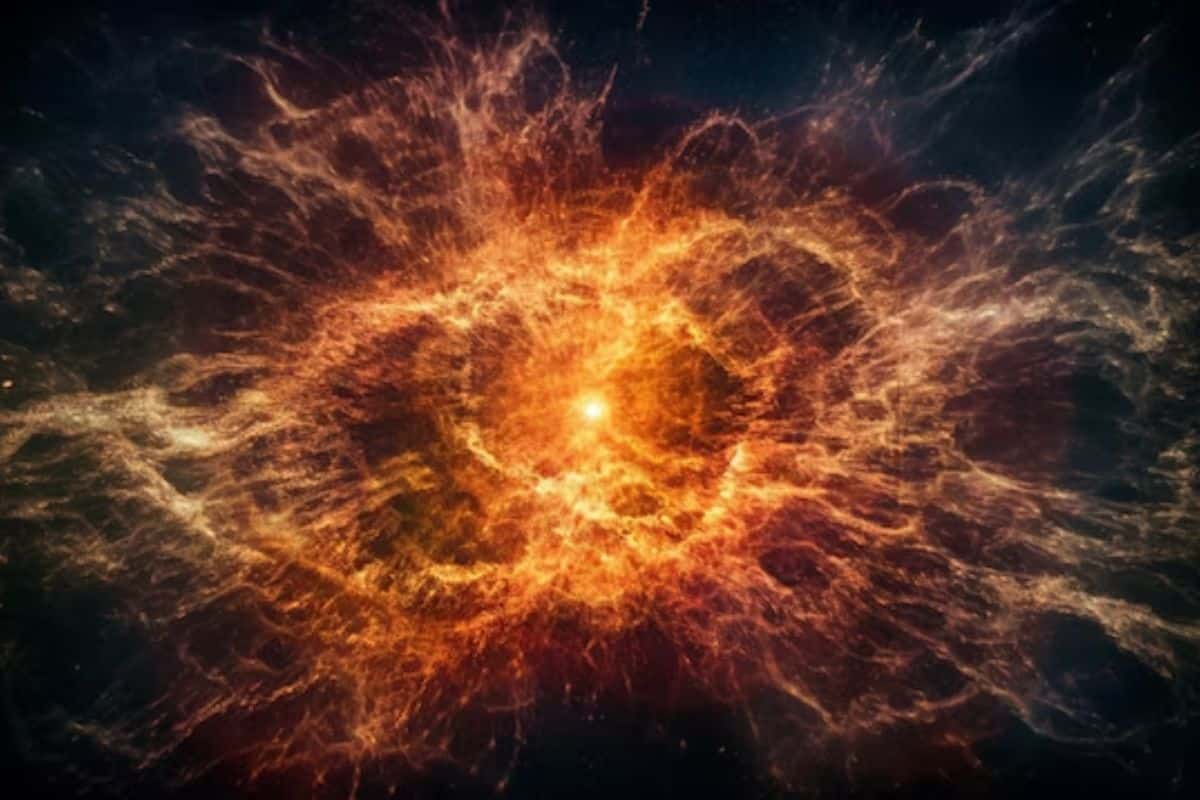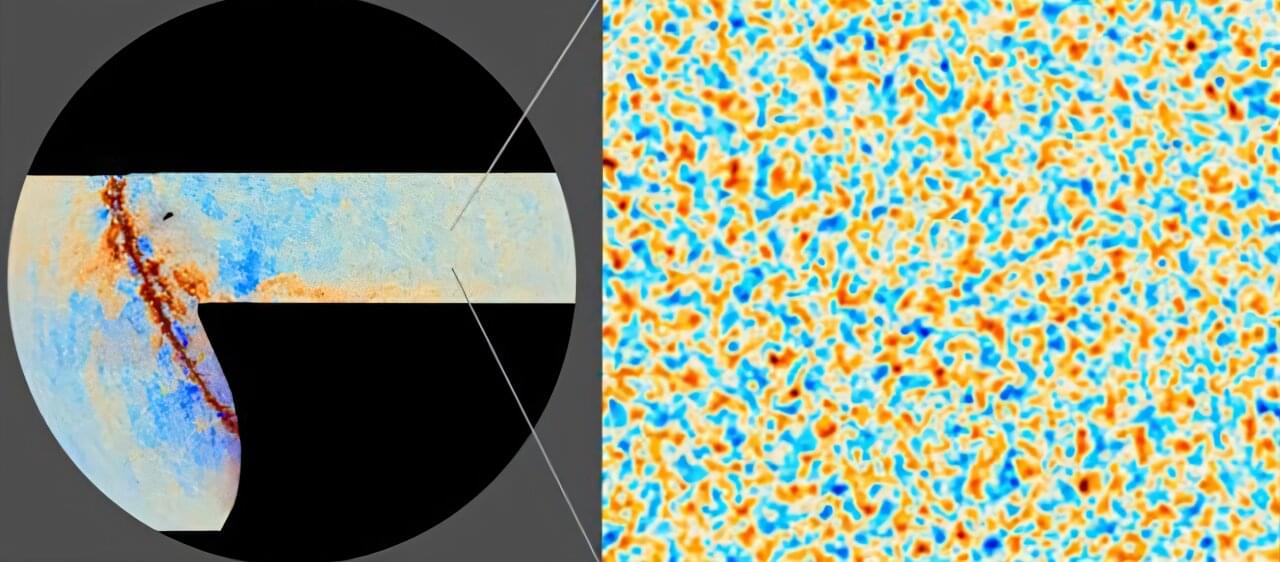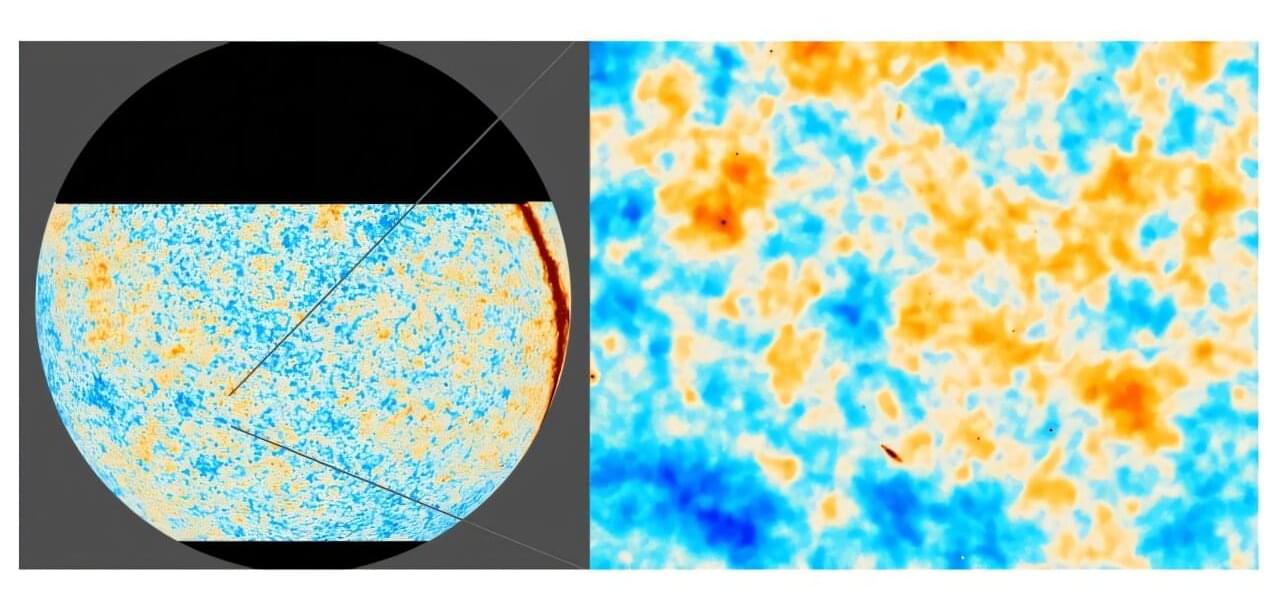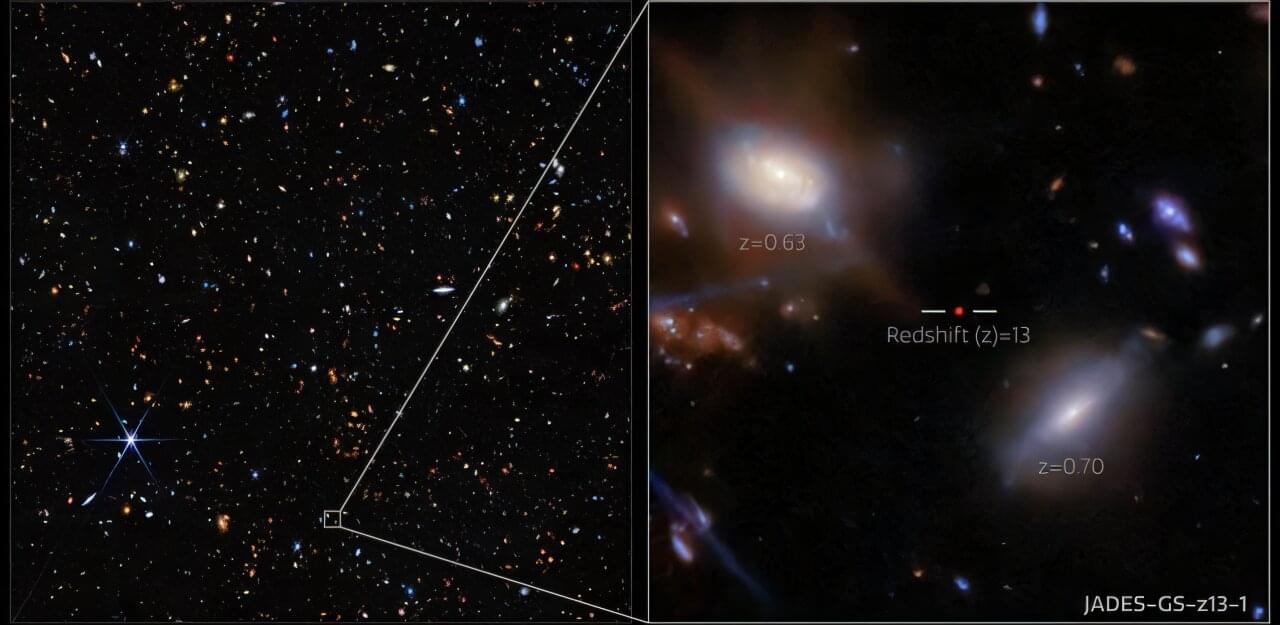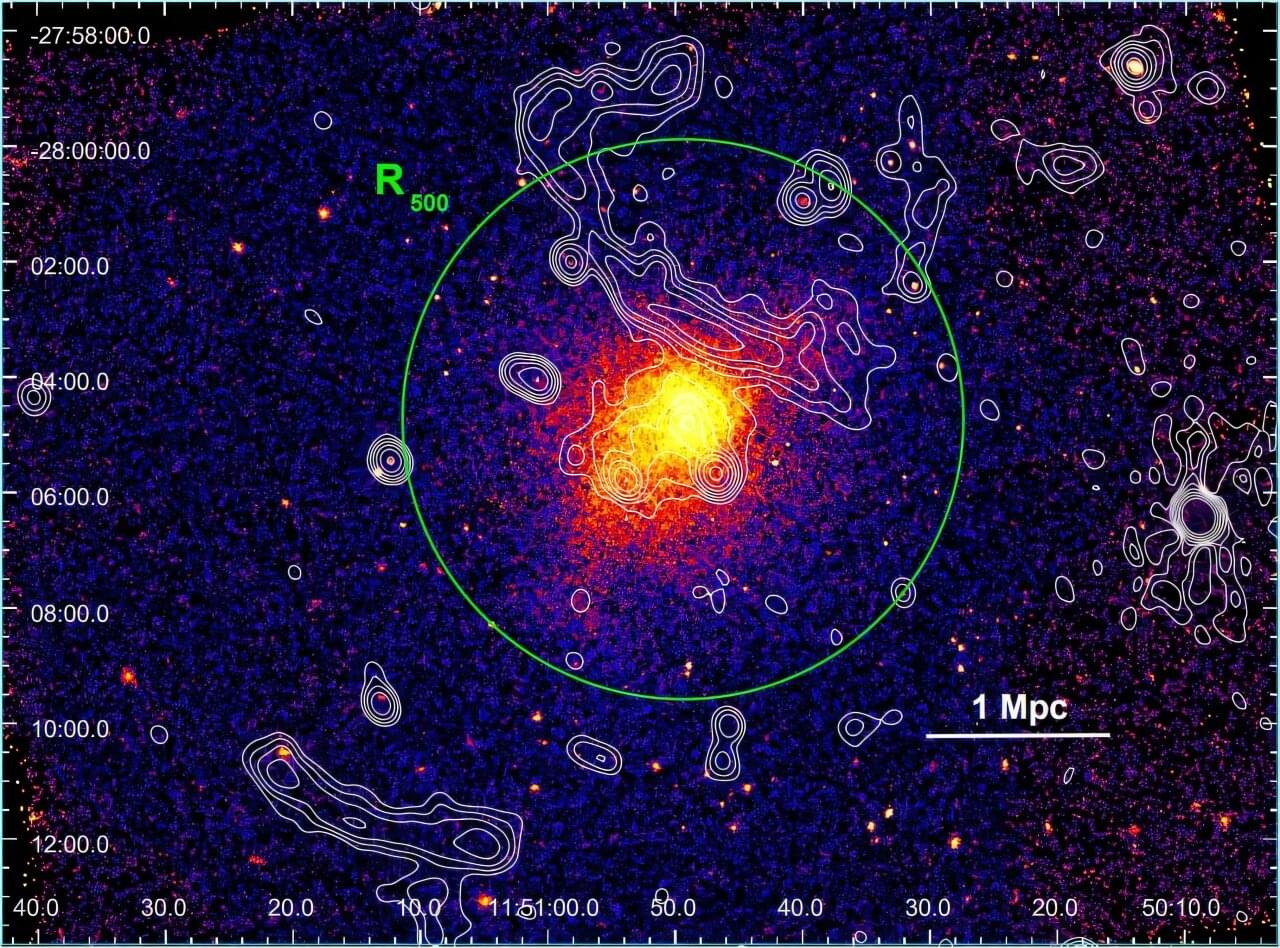Some stars in our galaxy pulse like musical instruments, and scientists have found a way to listen in. These rhythmic starquakes, like vibrations in a string or drum, reveal vital clues about a star’s age, composition, and life cycle.
By studying these “melodies” in a star cluster called M67—whose stars are like solar siblings—researchers uncovered a strange pause in stellar evolution called the “plateau.” This discovery helps pinpoint stellar ages with remarkable precision, bringing us closer to understanding how stars, and ultimately our galaxy, have evolved.
Celestial Music: Listening to Starquakes.



